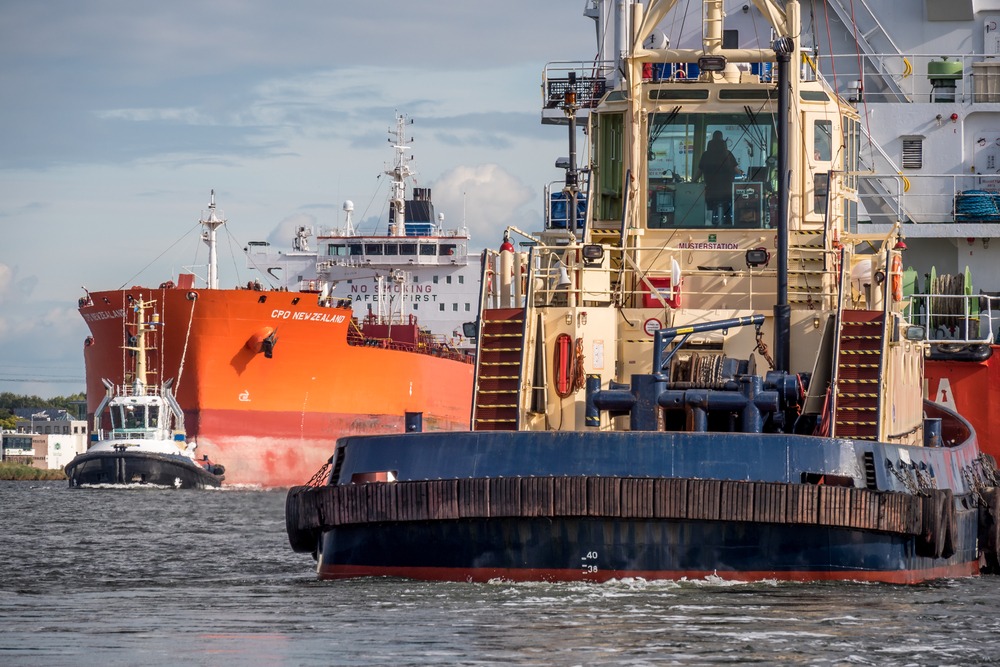
The U.S. Energy Information Administration recently released its annual World Oil Transit Chokepoints report, which details the current state of checkpoints and channels used to transport oil along global sea routes.
Some checkpoints are large enough to accommodate all vessels while others have width and depth restrictions or waters which are difficult to navigate.
The Strait of Hormuz, leading out of the Persian Gulf, and the Strait of Malacca, which links the Indian and Pacific Oceans, are the world’s largest checkpoints by oil volume.
Approximately 80 percent of oil exiting the Strait of Hormuz in 2017 was bound for Asian markets.
Crude oil is 85 percent to 90 percent of oil passing annually through the Strait of Malacca. Petroleum products make up the remainder.
If the straight were blocked, approximately half the global fleet would need to be rerouted around Indonesia.
The Cape of Good Hope is not a checkpoint but is considered at major shipping lane. Crude oil is approximately 9 percent of maritime traffic. It is an alternate route for the Bab el-Mandeb Straits, the Gulf of Aden, and the Suez Canal.
Higher shipping costs and delays can result when a checkpoint is unavailable. Alternative routes can be taken, but these are dangerous, exposing tankers to accidents, political unrest, terrorist attacks and pirates.